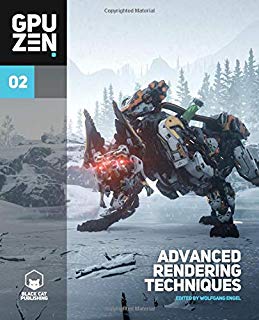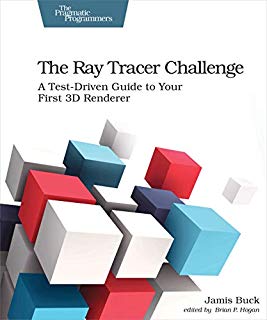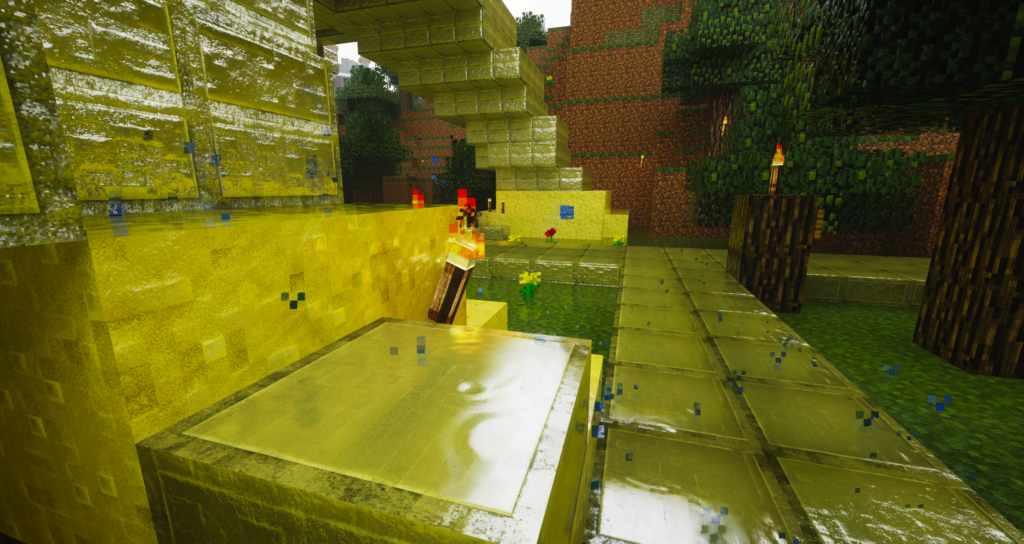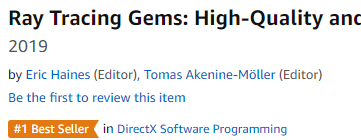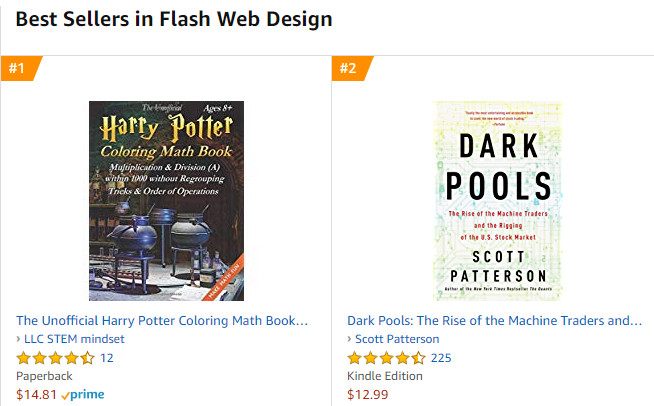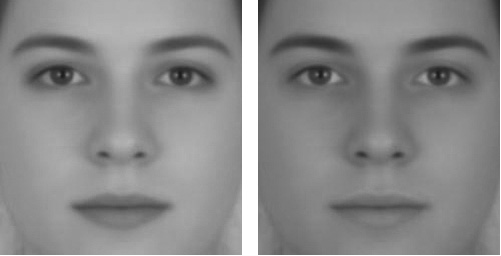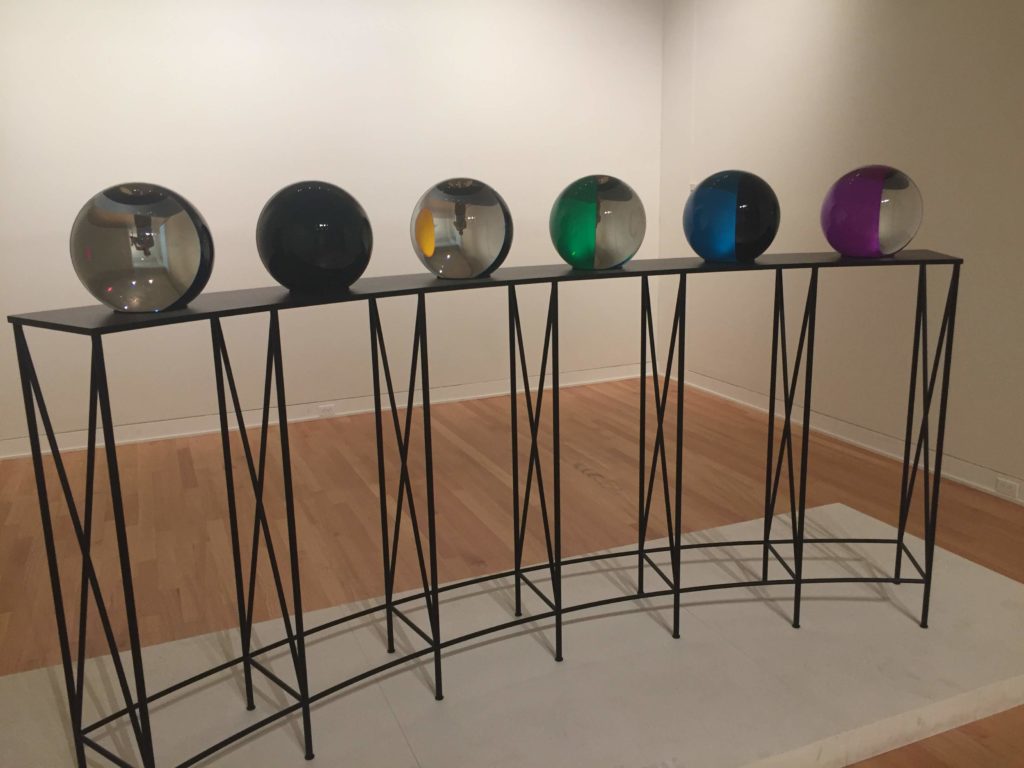Hey, authors: free up your book and put the PDF up for download. Your book does not need to be out of print. The short version of this post is “go read this website on rights reversion and do it.”
If you’re an author of a book, you should consider asking for the rights for it and releasing it for free. A number of prominent graphics books authors have already done so: Physically-Based Rendering (from 2016!), An Introduction to Ray Tracing, the first three ShaderX books, and both volumes of Principles of Digital Image Synthesis. The free release of the book WebGL Insights (from 2015) was simpler yet: the book’s editor just asked the publisher if he could put a free PDF online, and they signed a tiny contract confirming it.
The process is pretty simple, though sometimes drawn out:
- Check your contract: There’s a slight chance you already have the rights, e.g., if it’s out of print.
- If not, find the person at the publisher who is in charge of book rights.
- Ask for a “reversion of rights.” There are any number of reasons your publisher will want to do so.
- Get them to send you a form, sign it, done.
Publishers often agree (more often than you might think), but that final step can take awhile, since passing rights back to you is usually the last task on the publisher’s TODO list. Persist. Once you have the rights, you can put the book up as a PDF, web pages, etc. The book can still be sold by the publisher (if you work this out with them) and you’ll still earn royalties.
Advantages of getting the rights and making your book free include: increased availability increases citations, nice for academics; possibly increased sales, as people find the book and want the paper version; and, helping the public interest. You could also make your book Open Access or licensed under Creative Commons, allowing its contents to be redistributed and reused more freely still.
Like I said at the start, visit this website and read their guide through if you’re interested – it’s pretty good.
One thing I’ll add is about PDFs. Say you get the rights but don’t have a PDF of the book. This problem is often solved by googling around. Sadly, many books are illegally available as PDFs (common knowledge among college students, so I don’t feel this is all that much of a revelation). Taking an illegal PDF and calling it your own is entirely fine in my book.
Nicer still, you can use Acrobat Pro DC to edit the PDF, fixing errata and putting whatever you want at the start to explain the legal status of the PDF. That software has a seven-day free trial. Me, I’m happy to host most any computer graphics book at our website; we already host about eight. There are other ways to make your book available, too. I wrote a post about how to put your book on Google Books.
Please contact me if you have any questions or anything I might help you with, such as contacts at publishers. And, please do it – it’s a nice thing for everyone.
